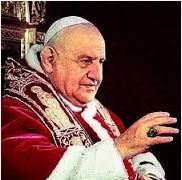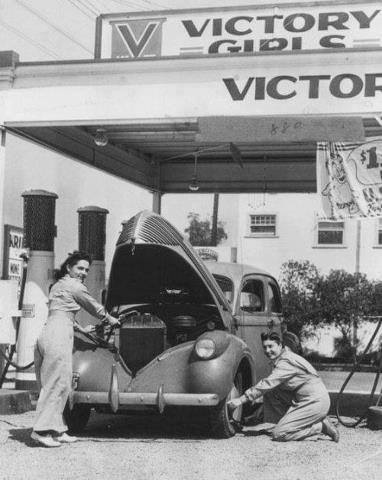Later today, across an ocean and a sea, the attention of much of the world will be focused on the ancient city of Rome. More particularly, attention will center on a religious event that will happen on the grounds of the Vatican city-state, in front of St. Peter’s Basilica. There, two new saints will be “canonized” in a ritual that has been conducted thousands of times over the last 2000 years.

One of the unique aspects of the ceremony that will take place today is that two men who both served as the Supreme Pontiff of the universal Catholic Church will be celebrated in the same ceremony, while the current Pope presides and his immediate predecessor attends. The streets around the Vatican are expected to be overflowing with faithful well-wishers from all over the world who wish to share in the celebration of the lives of two men who will be held up as models for others to emulate as they strive to live good and holy lives.
Both John XXIII and John Paul II have near cult-like followings of believers in the wake of each of their respective papacies. In some ways they could not be more different, while in others they were both striving for the same goal — to bring the Kingdom of God to earth in some tangible way. For many, John XXIII was a revolutionary figure. He was nearly 77 when he was elected pope in 1958, and within only a few years he convened an episcopal council that has come to be defined in some circles by the Italian word aggiornamento, meaning “to update.” Other circles felt (and still feel) that the Second Vatican Council was more intent on achieving ressourcement, meaning a return to earlier sources, traditions, and symbols. In reality, both of these concepts were part of the basic principles that guided the Council’s work and discussions.

Sadly, these two concepts have been pitted against each other by many–both within the Church and outside the Church. Some claim that the Church has been too entrenched in doing things in outdated, paternalistic, and rigidly legalistic ways. They see Pope John Paul II as perpetuating an adherence to traditions and practices that hearken back to the Council of Trent in the sixteenth century. To understand why Pope John Paul II governed as he did, one needs to learn about his childhood and priesthood in Poland, and then it becomes clearer why he was indeed more traditional than his fellow Cardinals who were from countries that were not entrenched in Communism. Indeed, John Paul II is recognized as one of the most prominent driving forces behind the fall of Communism in Poland and, ultimately, the Soviet Union. I personally saw Pope John Paul II on four occasions, and I can attest to the charisma and magnetism that emanated from him. I sensed each time that I was in the presence of a holy man.

Pope John XXIII, on the other hand has become for some the liberal face of the Church. Despite the fact that he did not live through until the conclusion of the Second Vatican Council, some put words in his mouth and try to say that he intended to change the Church in fundamental ways when he called for the Council to convene. Although the calling of an ecumenical council was indeed a remarkable event at that time in the history of the Church, it was not by any means conclusive of such intentions on the part of John XXIII. Indeed, the calling of an ecumenical council was itself remarkable because, in the Code of Canon Law of the Catholic Church, an ecumenical council (the gathering of all the world’s bishops) essentially has as much power as the pope himself. This willingness of John XXIII to allow his brothers to have input into the decisions that would guide the Church was itself a statement that John XXIII believed that power should not be concentrated only in the hands of one man. He believed in the principle of subsidiarity, which holds that decisions and governing should occur at the level closest to the people when it is feasible and prudent. In other words, power should not be concentrated in a few who dictate to others what the few think is best for the many.

Naturally, there already have been countless attempts to politicize the religious ceremony that will take place today. No doubt there will be speculation and skepticism for years to come as to whether either or both of these men should be held up as models whose lives are worth studying and emulating. Whatever individuals and groups of people think about what happens today in Rome and Vatican City, I for one am content to let People of Faith who so choose have their day and to celebrate one or both lives of these two men who, in their unique ways, doubtlessly changed the face of the Catholic Church, if not the World.










Recent Comments